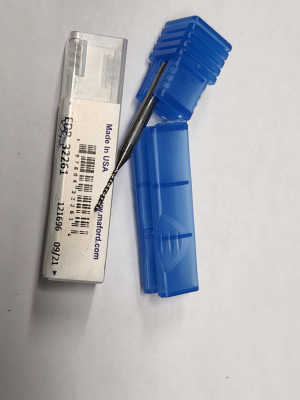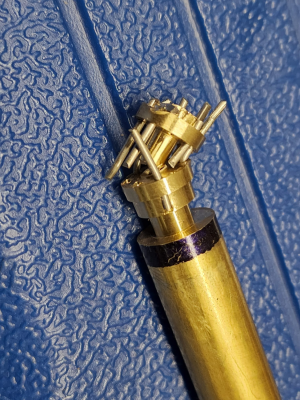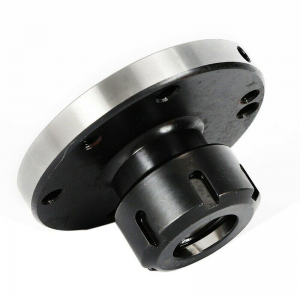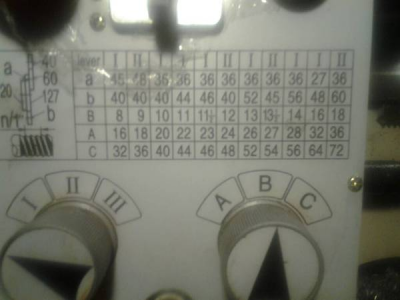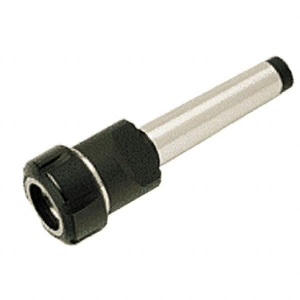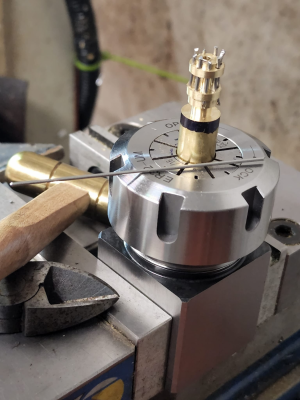- Joined
- Mar 2, 2018
- Messages
- 232
I find it oddly fun that there are so many ways to get to the same result. If I end up making parts that work, nobody can fault me for how I arrived there. Thanks for reminding me that I have Wild's book. I haven't looked through there in a very long time.If you want even more, Malcolm Wild's book is excellent.
Sorry for adding to the potential decision paralysis, there are so many ways to make gears
It also just flashed into my head that I'm not going to be able to drill the #43 center hole on the lathe unless I invest in some type of bit with a huge shank. I have a big Jacobs chuck on my tailstock. I sized it to hold 9/16" shanks for human sized projects. I should flip through the plans and think about any other times I might want to drill an accurate, wire gauge sized hole in something on the lathe, and I should probably just acquire some of those big shank drills in these sizes. Cheaper than the alternative solutions. New tapers, new chucks, new collet holders, new drills. I think the drills have it.
I also kind of like the challenge of using a benchtop engine lathe to do this work. It's on the big side and the sloppy side for trying to do work like this, but I've been making improvements to the lathe over the years, and I feel like I'm getting the most that can be gotten out of it. I think it's going to be fine. I do have enough experience building clocks that run to know that clocks don't have to be perfect to the nearest tenth to run. I think the Wild book is where I saw clock parts that had been hand-filed to an approximation of the right tooth profile, sold commercially, and having run for years. Amazing what you could do with Victorian era sweat labor.
Speaking of which, I'm going to take a moment to appreciate that I don't have to make chronometer chains to avoid starving to death in the street. Fusee chains. I can't find the video, but Tony Robinson tried his hand at the task in one of his Worst Jobs in History shows. Or I guess programmes since he's British. Yeah, okay, enough stalling, I must surrender the keyboard, turn out the lights, and go earn my daily bread at my dismal and unrewarding job.


